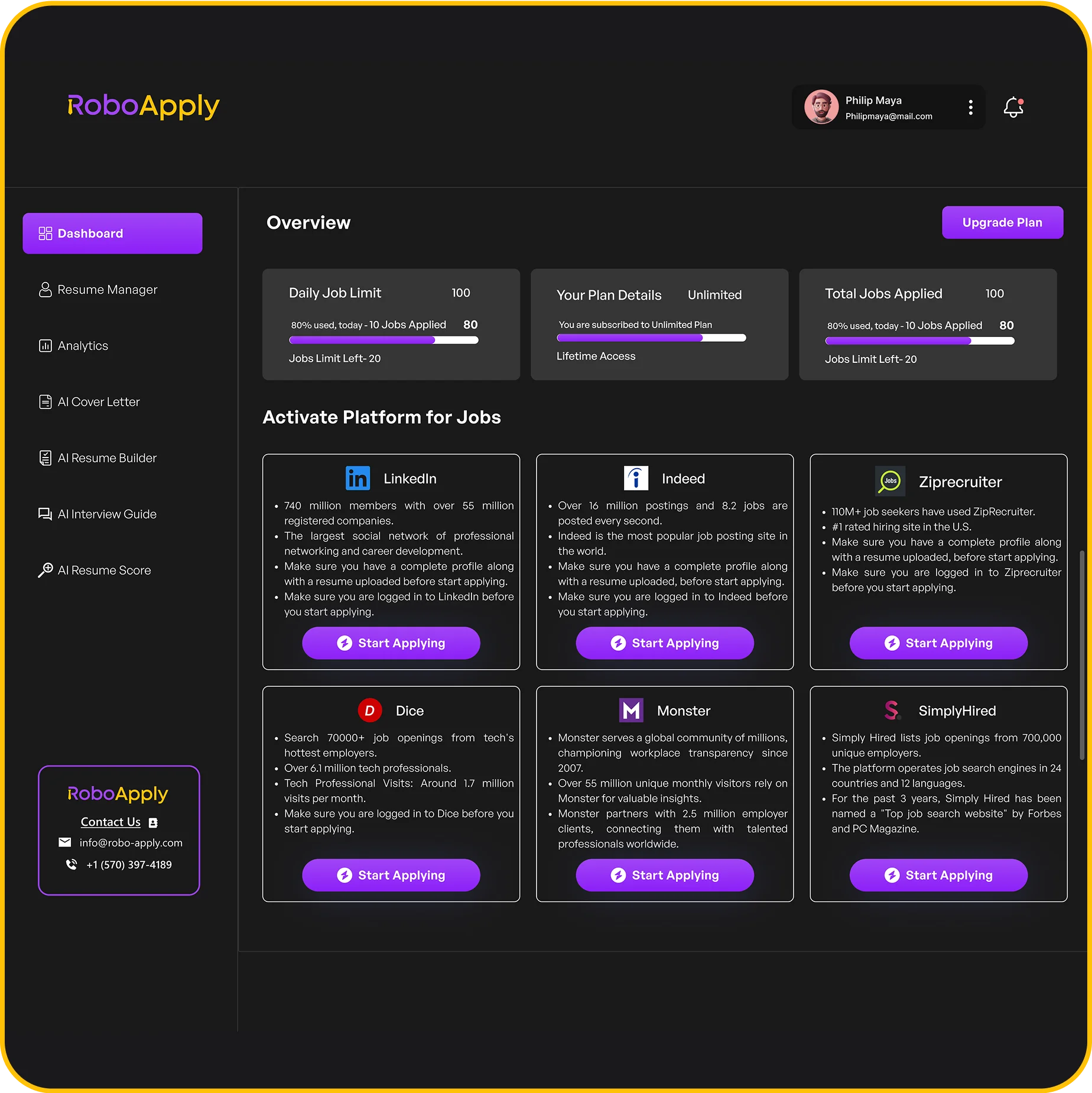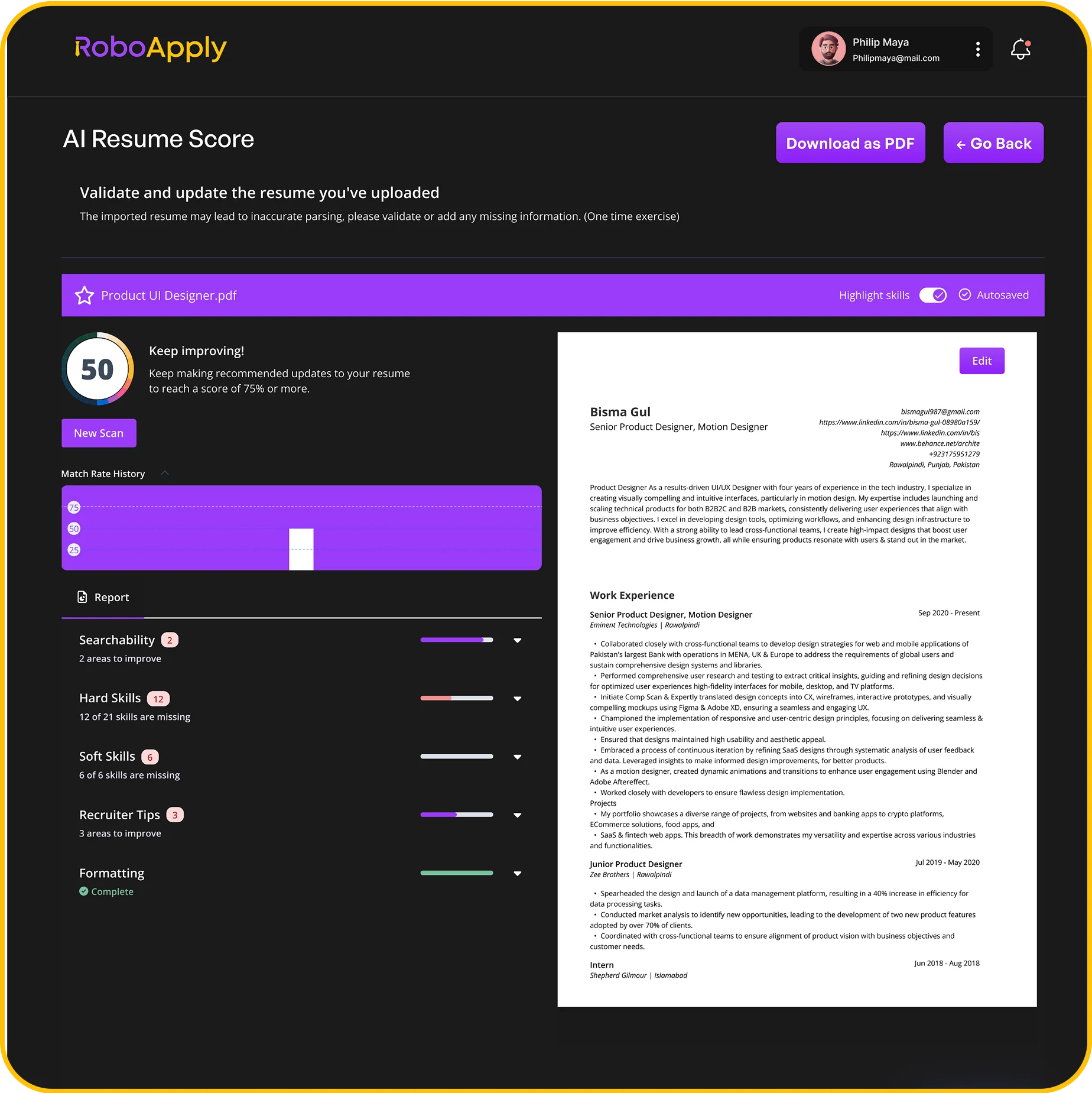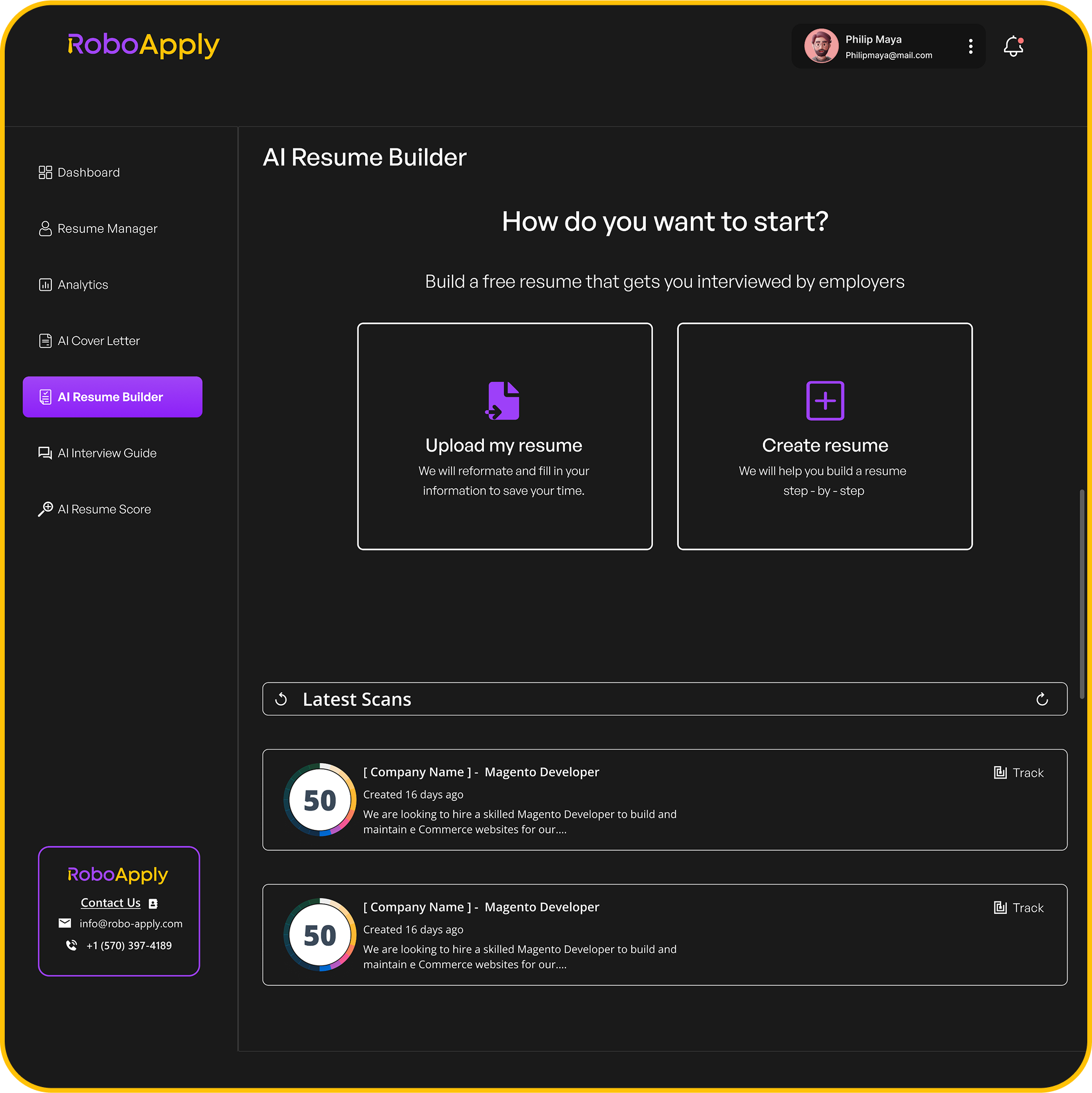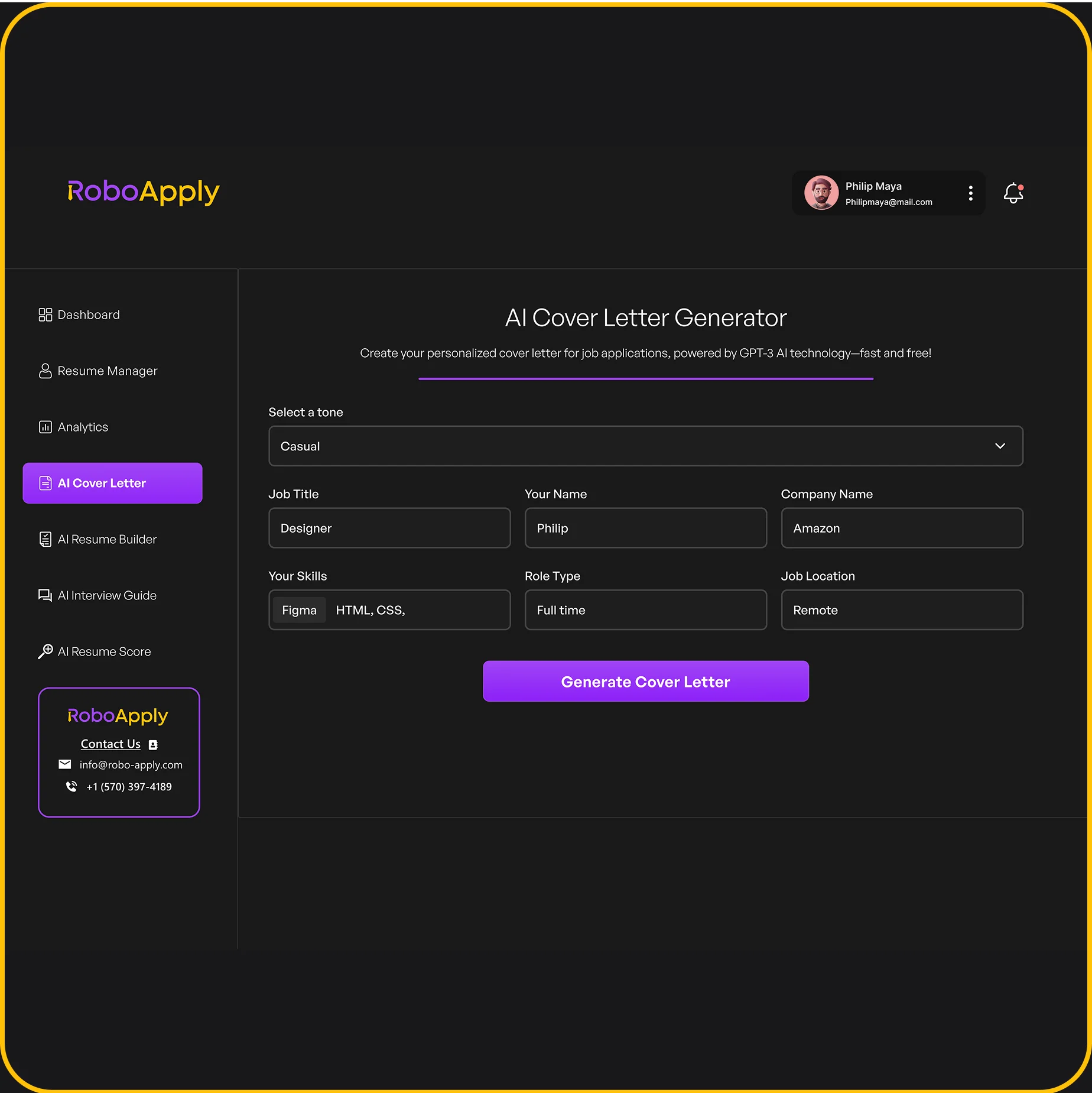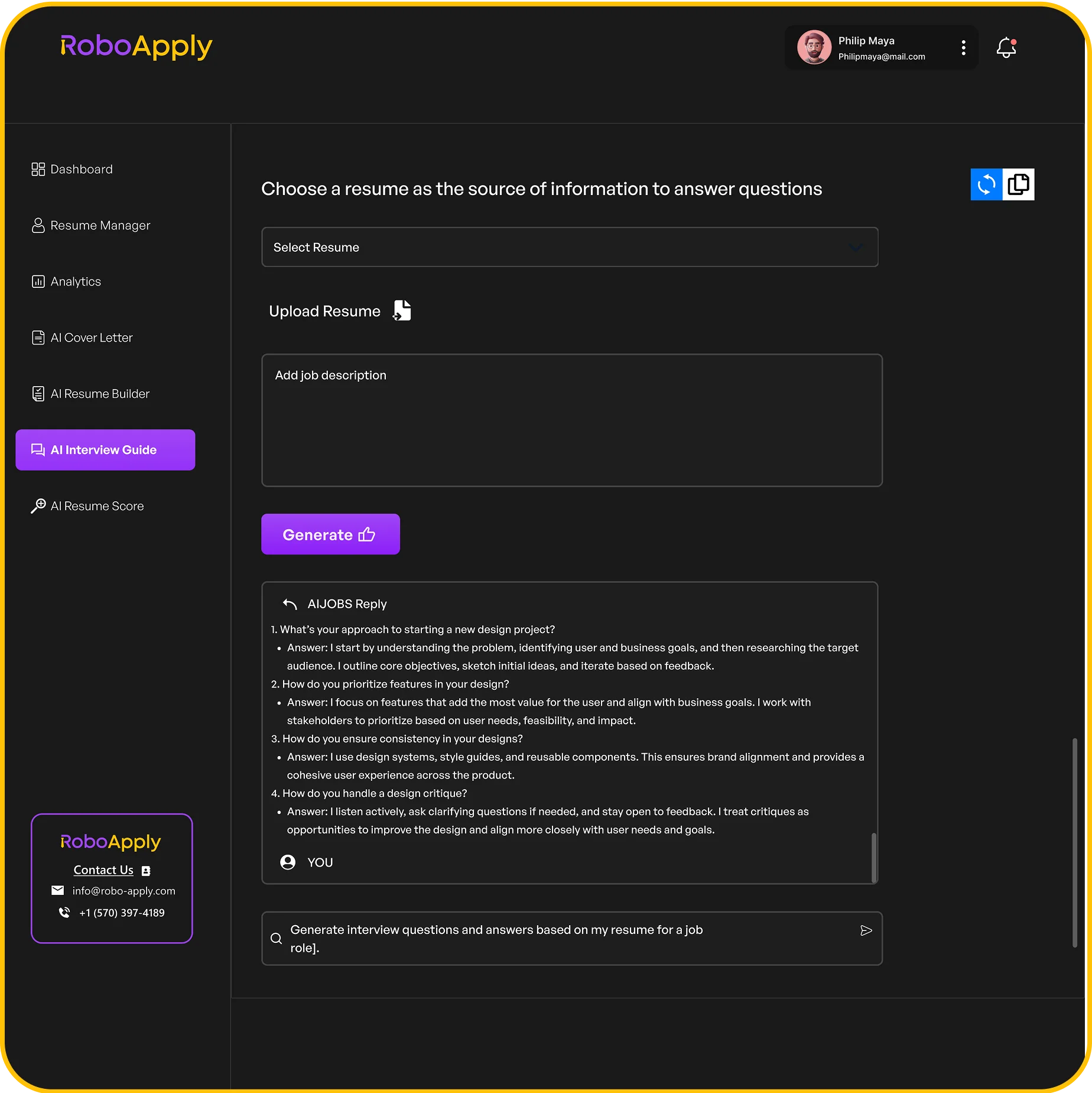A resume should quickly show your qualifications and achievements without confusion or wasted words. Many job seekers use abbreviations to save space and keep their resumes easy to scan.

Using the right abbreviations can help make a resume both professional and clear to hiring managers. Knowing when and how to use abbreviations matters, and doing it well can help your application stand out for the right reasons.
1) Spell out abbreviations the first time with the acronym in parentheses

When adding abbreviations to a resume, always spell out the full term first, followed by the abbreviation in parentheses. This approach makes it clear to both hiring managers and applicant tracking systems (ATS) what the abbreviation stands for. It ensures there is no confusion and increases the chance that your resume is understood correctly.
For example, the first time you mention a project management certification, write “Project Management Professional (PMP)” instead of just “PMP.” After that, you can use just the abbreviation throughout the rest of your resume without spelling it out again. This practice is recommended by guides on resume abbreviations and acronyms.
Using this method helps your resume pass through ATS filters and makes it readable for recruiters who may not know industry terms. RoboApply’s resume grammar checker can quickly identify abbreviations that need to be spelled out and help you catch missed terms.
Here is a ready-to-use example for your resume:
Led a cross-functional team to deliver software solutions using Structured Query Language (SQL) and Extract, Transform, Load (ETL) tools, improving data processing speed by 30%. Collaborated with quality assurance (QA) specialists and project managers with Project Management Professional (PMP) certification. Provided on-site support using Remote Desktop Protocol (RDP) technology.
2) Use only industry-standard abbreviations for clarity

It is important to use only common, industry-standard abbreviations on a resume. This helps avoid confusion and ensures that hiring managers quickly understand your qualifications. For example, use standard terms such as “CPA” for Certified Public Accountant or “MBA” for Master of Business Administration. These are widely accepted and instantly recognizable.
Avoid making up abbreviations or using terms that may only be known within your previous company. If you are unsure whether an abbreviation is standard, it is safer to spell it out or use tools such as RoboApply’s resume grammar checker to review your document for clarity before submitting.
When listing certifications, job titles, or technical skills, always check the job posting for preferred abbreviations or terminology. Aligning your resume language with the job ad helps applicant tracking systems (ATS) and recruiters find your qualifications faster. You can read more about this approach in this guide to abbreviations and acronyms on a resume.
Double-check any abbreviations you include, especially if you work in a niche field. For example, IT professionals can safely use terms like “SQL,” “HTML,” or “AWS,” while those outside the field may not recognize less common technical acronyms. This keeps your resume clear and accessible.
3) Avoid obscure abbreviations that may confuse recruiters
It is important to use only widely accepted and industry-standard abbreviations on any resume. Obscure or internal jargon can leave recruiters puzzled and might lower your chances of getting noticed. When in doubt, spell out the full term the first time, then use the abbreviation in parentheses, so there’s no confusion.
Applicant tracking systems (ATS) may also struggle with unknown abbreviations, which can harm your resume’s visibility. RoboApply’s resume grammar checker and ATS score optimizer can help you catch these issues and ensure your terms are clear to both humans and software. This keeps your resume accessible to all readers.
For example, instead of saying “DPO for XFN project,” try: “Data Protection Officer (DPO) for cross-functional (XFN) project.” This way, both keywords and abbreviations are covered, improving clarity and search results.
Recruiters recommend checking the job description for abbreviations used by the company. If you’re not sure an abbreviation is common, it’s safer to write it out. More tips can be found in this guide to resume abbreviations for clarity.
4) Maintain consistent abbreviation usage throughout the resume

Using abbreviations on a resume can make information clearer and more concise, but it’s important to use them the same way from start to finish. This consistency helps employers quickly understand your experience without second-guessing what each abbreviation means. It also shows attention to detail and good communication skills.
Once an abbreviation is defined, use it the same way each time it appears. For example, if you first write “Search Engine Optimization (SEO),” continue to use just “SEO” everywhere else on the resume.
Avoid switching between the full term and the abbreviation after it’s been introduced. Consistency reduces confusion and strengthens your professional impression. Many hiring managers recommend this approach as it aligns with best practices for clarity and professionalism.
RoboApply can help check your resume for inconsistent abbreviation use with its built-in grammar checker. This tool highlights mismatches and offers suggestions, helping you polish your document before you send it out. You can review and adjust all abbreviations in one step, saving time and making your resume look more professional.
5) Prioritize clarity over saving space with abbreviations

On a resume, clarity matters more than squeezing in extra information by using abbreviations. Even short, common abbreviations can confuse readers if they aren’t clear or widely known. The main goal is to make it easy for hiring managers and software to quickly understand your skills and experience without needing to guess what you mean.
Use only well-known and standard abbreviations, like “BA” for Bachelor of Arts or “MS” for Master of Science. Avoid uncommon short forms, acronyms, or shortened titles that might not be obvious to everyone. For example, instead of writing “Sr. Mgr., Ops. Dept.,” write “Senior Manager, Operations Department.”
Applicants should check their resumes to remove or spell out any questionable abbreviations. If it fits easily on the page, it is usually better to use the full term. This helps prevent misunderstandings and keeps your experience clear.
Tools like RoboApply can help spot and correct confusing short forms by running your resume through its AI grammar checker and ATS resume score optimizer before you apply. This makes sure your skills and job titles are clearly listed for both hiring managers and automated screening systems.
If using abbreviations, check that they are used the same way every time. Consistent usage helps maintain clarity. More on why consistency matters can be found at Resume Abbreviations: When & How to Use Them for Clarity.
If you need to save space, first try trimming extra words or irrelevant details. Only use abbreviations when space is tight and you are sure the reader will recognize them.
6) Use abbreviations for well-known certifications like PMP or CPA
Using abbreviations for well-known certifications helps save space and makes resumes easier to scan. Recognized acronyms such as PMP (Project Management Professional) or CPA (Certified Public Accountant) are understood by most recruiters and applicant tracking systems. This improves clarity and keeps resumes clean and focused.
When listing certifications, write the abbreviation first and add the full name in parentheses the first time. This approach shows knowledge and ensures everyone understands what the certification means. For example:
Certified: PMP (Project Management Professional), PMI, 2023
If using RoboApply, the AI resume builder will automatically suggest using well-known certifications in their abbreviated forms and help format them correctly. This saves time and makes the resume more professional. Remember, less familiar or company-specific abbreviations should always be written out fully to avoid any confusion.
For more clarity on which abbreviations are recognized by recruiters and digital systems, see tips on using acronyms and abbreviations on a resume.
7) Avoid abbreviations in section headers to preserve readability
Abbreviations in section headers can confuse recruiters and cause them to miss key details. Recruiters often skim resumes quickly. Using full words in section titles makes the document clear and easy to scan for important information.
Common section headers like “Experience,” “Education,” and “Skills” should always be spelled out. For example, writing “Edu” instead of “Education” or “Exp” instead of “Experience” reduces clarity and may look unprofessional. This small change helps make sure nothing gets overlooked.
Many hiring managers and applicant tracking systems may not recognize shortened forms in headers. This can cause your resume to be passed over, even if your experience is a perfect fit. Using complete words prevents mistakes and keeps your resume polished.
RoboApply’s AI resume builder highlights issues like unclear section headers and offers suggestions for improvement. Proofreading tips recommend sticking to simple, standard wording in headers for the best results. If unsure, always choose the full word—clarity and professionalism matter when first impressions count.
8) Spell out company-specific terms unless widely recognized
Many companies use internal abbreviations or jargon that are not familiar outside the organization. When listing roles, projects, or software on a resume, it is important to spell out company-specific terms to avoid confusing hiring managers. Clear language helps both people and automated systems understand your achievements.
For example, “Lead the implementation of QIP (Quality Improvement Process) in partnership with the TPM team” is less clear than “Led the implementation of Quality Improvement Process (QIP) in partnership with the Technical Project Management (TPM) team.” Always introduce the full term, then add the abbreviation in parentheses if used again.
RoboApply’s resume grammar checker can help identify unclear abbreviations and suggest clearer phrasing. Consistently using full terms makes your resume more readable and increases your chances with applicant tracking systems. If a term is specific to your old company and does not appear widely in the industry, always spell it out. For more tips, check advice about industry acronyms on resumes.
Save abbreviations for terms that are widely recognized in your field, like “CPA” for Certified Public Accountant or “HR” for Human Resources. If in doubt, clarity should always come first, as this keeps your achievements accessible to all readers.
9) Use standard abbreviations for measurements like %, $, and hrs
Standard abbreviations like %, $, and hrs make resumes easier to skim and help save space. Employers and resume software like ATS are already familiar with these symbols. There is no need to spell out words like “percent,” “dollars,” or “hours” since their abbreviations are instantly recognized.
For example, instead of writing “Increased revenue by ten percent over 12 months,” it is better to write “Increased revenue by 10% in 12 mos.” This format makes your accomplishments easy to read at a glance.
Keep abbreviations consistent throughout the resume. Don’t switch between writing “hrs” and “hours” in different sections. A streamlined style looks more professional and polished, especially when using RoboApply’s grammar checker and ATS optimizer.
Always use the symbol or abbreviation that is most common in the industry. For more guidance on when to abbreviate measurements, see this advice on units of measurement.
10) Limit abbreviations to technical terms relevant to the job
Abbreviations are most useful when they are recognized by professionals in the same industry or field. Only use short forms for technical terms that are common in the job you are applying for. This makes your resume clear and easy to read for both human reviewers and applicant tracking systems.
General abbreviations or uncommon short forms can confuse recruiters or HR staff. Keep non-technical or less common terms written out in full. If you use abbreviations for important technical skills or tools, explain them the first time, for example: Search Engine Optimization (SEO).
Using too many abbreviations can hurt your application. Stick to those that matter for the role and are likely to be understood by someone in that industry. If you are unsure, RoboApply recommends spelling out the term the first time and then using the abbreviation if needed.
For more guidance on using abbreviations, refer to advice on resume abbreviations and acronyms. This helps avoid mistakes and keeps your resume clean and professional.
Frequently Asked Questions
Choosing and using abbreviations correctly on a resume reduces clutter, helps keep information clear, and raises professionalism. Industry standards, clear definitions, and keeping things consistent all make a big difference for readers and automated resume screeners alike.
What are the best practices for using abbreviations in a resume?
Best practices include spelling out abbreviations the first time they appear, with the acronym in parentheses. This keeps your resume clear for any recruiter or hiring manager who may not know the abbreviation. RoboApply makes it easy to check for clear, consistent abbreviation use with its resume grammar checker and templates. Only use abbreviations that are common in your industry.
How should months be abbreviated on a resume, if at all?
Months should be abbreviated consistently using the first three letters, such as Jan, Feb, Mar, and Apr. This is a widely accepted format and saves space without hurting clarity. For more on this approach, see how months are commonly abbreviated on a resume.
In what situations is it appropriate to use abbreviations for job titles or responsibilities?
It’s only appropriate to use job title or responsibility abbreviations if they are widely understood and standard in your field. Spelling out less common or company-specific terms removes confusion. RoboApply suggests best practices for this as part of ATS resume scoring and optimization.
Are there certain abbreviations that are universally accepted in resumes?
Yes, standard business abbreviations like “CEO,” “CPA,” “MBA,” or common measurement terms like “hrs” or “kg” are normally accepted. Still, it’s best to spell out the term on first use unless space is extremely limited. Not every abbreviation suits every job or industry, so check each carefully, as mentioned on sites about resume abbreviations.
How can abbreviations impact the clarity and professionalism of a resume?
Clear, standard abbreviations help make key details easy to spot and understand. Overusing abbreviations or using uncommon ones can confuse readers and may come across as unprofessional. Tools like RoboApply’s grammar checker help control these issues by providing real-time feedback.
What is the recommended way to list high-value figures, like one million, on a resume?
Use “M” for million (such as “$2M”), “K” for thousand, and “B” for billion if space is tight. This is a recognized way to show large numbers clearly. Always be consistent in formatting, as explained in guides for abbreviating million, billion, and thousands on a resume. RoboApply’s ATS resume optimizer can spot number formatting issues and suggest clear alternatives.

